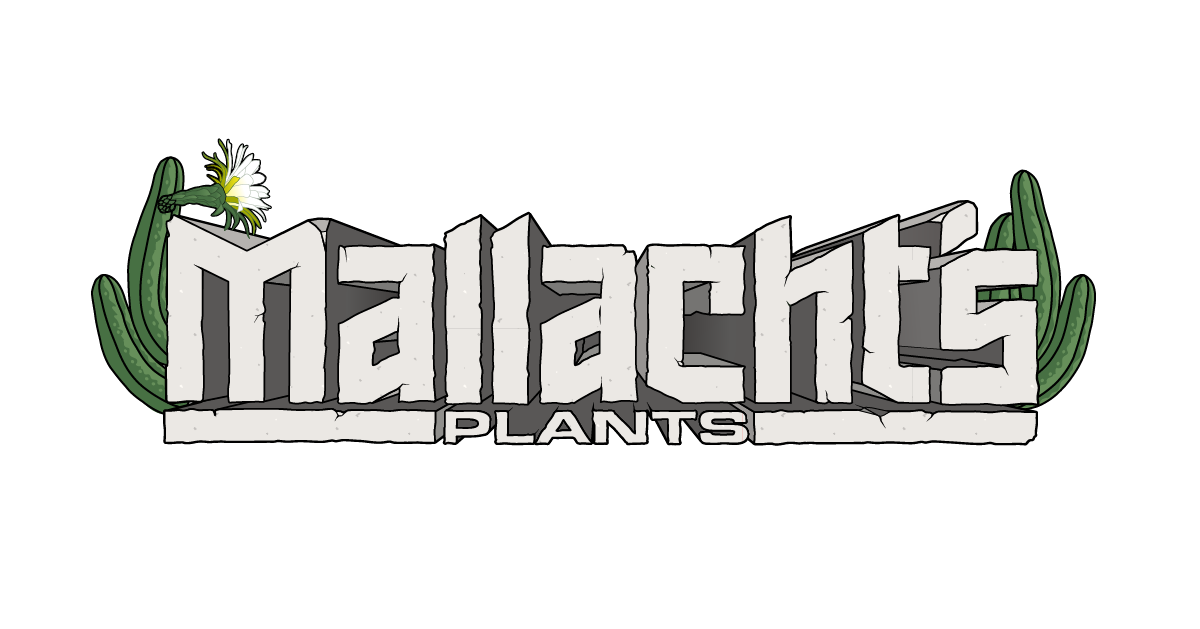Composting: Rot Made Fun
First off, a basic overview of the concepts at hand here. Composting is essentially a controlled rot, using as much beneficial (aerobic) bacteria as possible. These beneficial bacteria actually smell good to humans as well, this is why good soil always has that "fresh" smell. The reason we always tumble or turn compost is to ensure there is plenty of oxygen throughout the process, to keep things aerobic (oxygen rich) as opposed to anaerobic (oxygen lacking).
The most important thing to keep in mind while composting is the ratio of Carbon to Nitrogen, typically expressed like this: C:N. Ideally your compost should have a C:N ratio of 30:1 - 50:1. This means that an ideal diet for our microbes is 30 parts of carbon for every 1 part of nitrogen. If there's too much Nitrogen the microbes can't eat it all and it ends up released into the air as stinky ammonia. A good compost pile should never really smell bad. In the beginning it smells kind of "green" when everything is first getting geared up, but as soon as the majority of it is black its' signature fresh soil smell begins.
This ratio can generally be achieved very easily by sticking to the "2 parts Green to 1 part Brown" rule. Grass clippings alone have a 20:1 C:N ratio, even though it would be assumed that they are Greens. Cardboard, paper, and dried brown leaves would be Browns, and have around a 350:1 ratio. Grass clippings and dried leaves is a good start to a compost pile. I like to let the lawn mower mulch up and collect mine. Your compost should always be moist but never wet, like a wrung-out sponge.
Now on to the specific recipe I use:
In my 80 gallon compost tumbler I end up with:
-1/2 total volume fresh worm castings (so in my case 20-30 gallons)
-1cf bag of bat guano
-black trash bag of used coffee grounds from Starbucks
-some Fox Farm Ocean Forest soil
-small bag of kelp meal
-small bag of bone meal
-grass clippings, leaves and kitchen scraps, egg shells, cardboard egg crates etc....
This was tumbled for months, ideally tumbled once per day. I added lots of leaves, grass clippings, paper shreddings, and safe no-glue-cardboard, like egg crates.
It was only given RO water the last two times, roughly the last month of processing. I do this because I worry that towards the end of processing compost that it's so rich in microbes that the chlorine/chloramine in tap water will kill some of them.
Once I've added the final 2 gallons of water with Great White and molasses mixed in I will leave it sit for another 1-2 weeks or so until I see most of the remaining uncomposted chunks disappear and it smells super rich, that "fresh soil" smell, amplified!
Well, enjoy making things rot in a controlled environment!
-Mallacht



Muchas gracias. ?Como puedo iniciar sesion?
MyamqdAkuPChn
wWxkrEnz
SgkuAQClP
iQtvrjamY